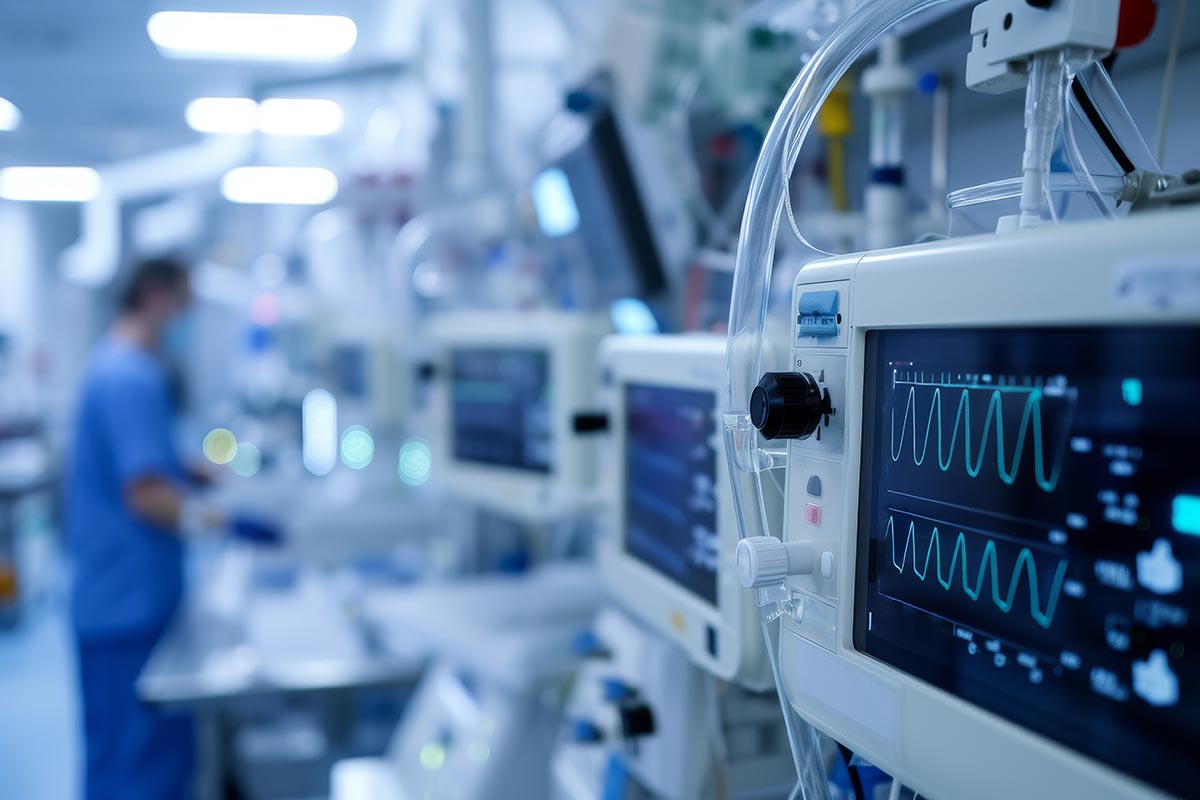MDR will come into force in 2021. It differs greatly from the MDD. What will the major changes be for medical device manufacturers, importers, and distributors? We look at the major changes in the move from MDD to MDR in this article.
What is the MDR?
Medical Devices Regulation (MDR)(EU) 2017/745 repeals the existing medical device directives that were first put in place in 1993. The new regulation was published on May 5th, 2017, and will come into force on May 26th, 2021 (following a delay brought about by Covid-19).
Why Are We Moving from MDD to MDR?
- The Medical Devices Directive (93/42/EEC) was in force for all members states of the EU (there are currently 28 including the UK), the members of the European Economic Area (Iceland, Lichtenstein, and Norway), and two countries with bilateral trade agreements with the EU (Switzerland and Turkey).
- Directives are transposed into national legislation by each Member State and this meant that the directive was open to interpretation by each participating member state and, as such, it was not uniformly implemented across all participating countries.
- Furthermore, the 1993 Directive has not kept pace with the seismic changes in medical technology.
- Regulations are directly applicable in all Member States and do not require transposition into national law.
- The new regulations have been introduced to enforce uniformity and to address the developments in device capability and technology.
- The scandals in Europe involving device manufacturers in recent years have also added to the need for more robust regulation of medical devices.
What Are the Most Important Changes?
The new MDR presents a significant development in device regulation. Some of the main changes affecting manufacturers are highlighted below, but this list is not exhaustive.
- Product scope expansion to include products that do not have a medical purpose
- Enhanced roles of economic operators to include manufacturer, authorised representative, distributor, and importer.
- The issue of liability is much enhanced in the new regulations. EU Authorised Representatives will be held jointly and severally liable for devices.
- The requirement for manufacturers to appoint a responsible person (RP) who is responsible for compliance with MDR
- More rigorous clinical evidence / clinical evaluation requirements
- Increased focus on post-market surveillance
- An overhaul of Eudamed, the European electronic database for medical device information
- Introduction of UDI system – Unique Device Identifiers – to enhance traceability
The Increased Role of Clinical Data
Perhaps the most significant change from the MDD to MDR is the increased focus on clinical evaluation, access to data, and post-market surveillance. This places a greater burden upon manufacturers and their representatives, and it is something that we, at Acorn Regulatory, have been helping our clients with.
The MDR only allows comparison under equivalence with one device. Using the equivalence approach to clinical evaluation will be much more difficult to achieve as manufacturers must have contracted access to the full technical documentation of the product with which they claim equivalence.
There is an increased responsibility on manufacturers to document the effectiveness, safety, and quality of their own devices.
What Is The Definition of a Medical Device?
The MDR will have a broader scope as to what is classed as a device. In particular, the MDR will regulate invasive and implantable devices used for aesthetic and cosmetic purposes such as dermal fillers and coloured contact lenses. Again, the reasoning for doing so has been attributed to increasing patient and user safety.
MDR is radically different in many respects. Whereas the MDD looked at the pre-marketing stage, the MDR will take a more holistic life-cycle approach and include issues such as Authorised Representation, the need for clinical evaluation, and post-market clinical follow-up. This is more closely aligned with the approach taken by the US FDA.
Finally, this will signal a shift in how manufacturers and their representatives manage their devices. We, at Acorn Regulatory, will keep our clients and visitors to our site informed of issues relating to the new regulations as of May 2021 approaches.
Contact Us
If you would like us to assist your company in this regard, then please complete the form on our Contact Us page or contact us at 00353 52 61 76706.




